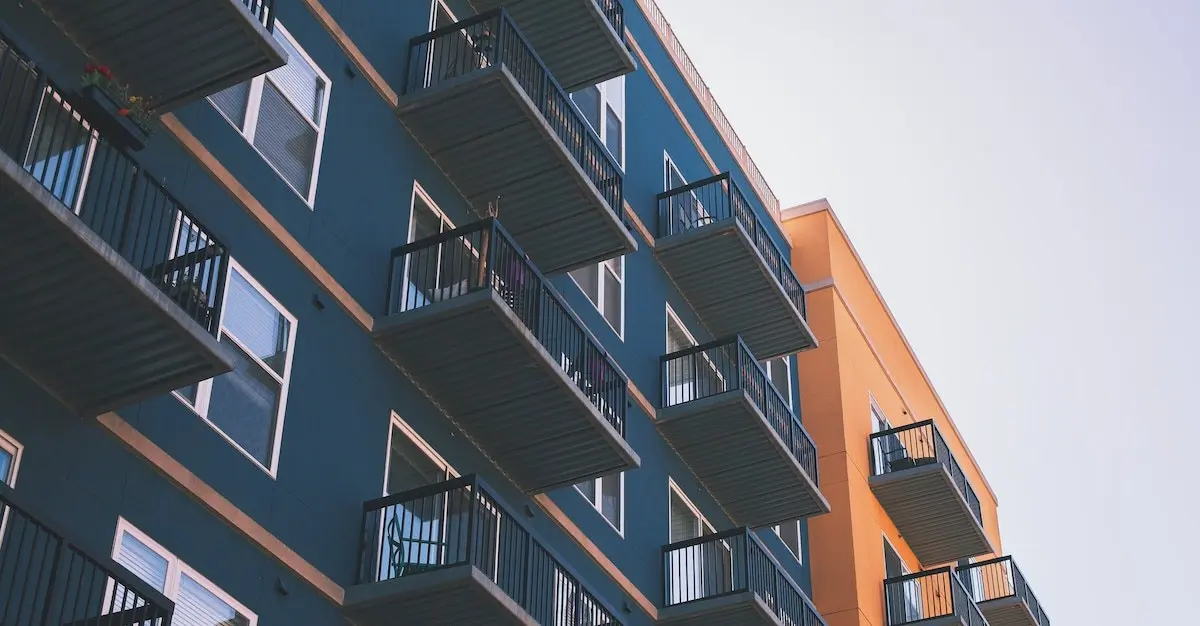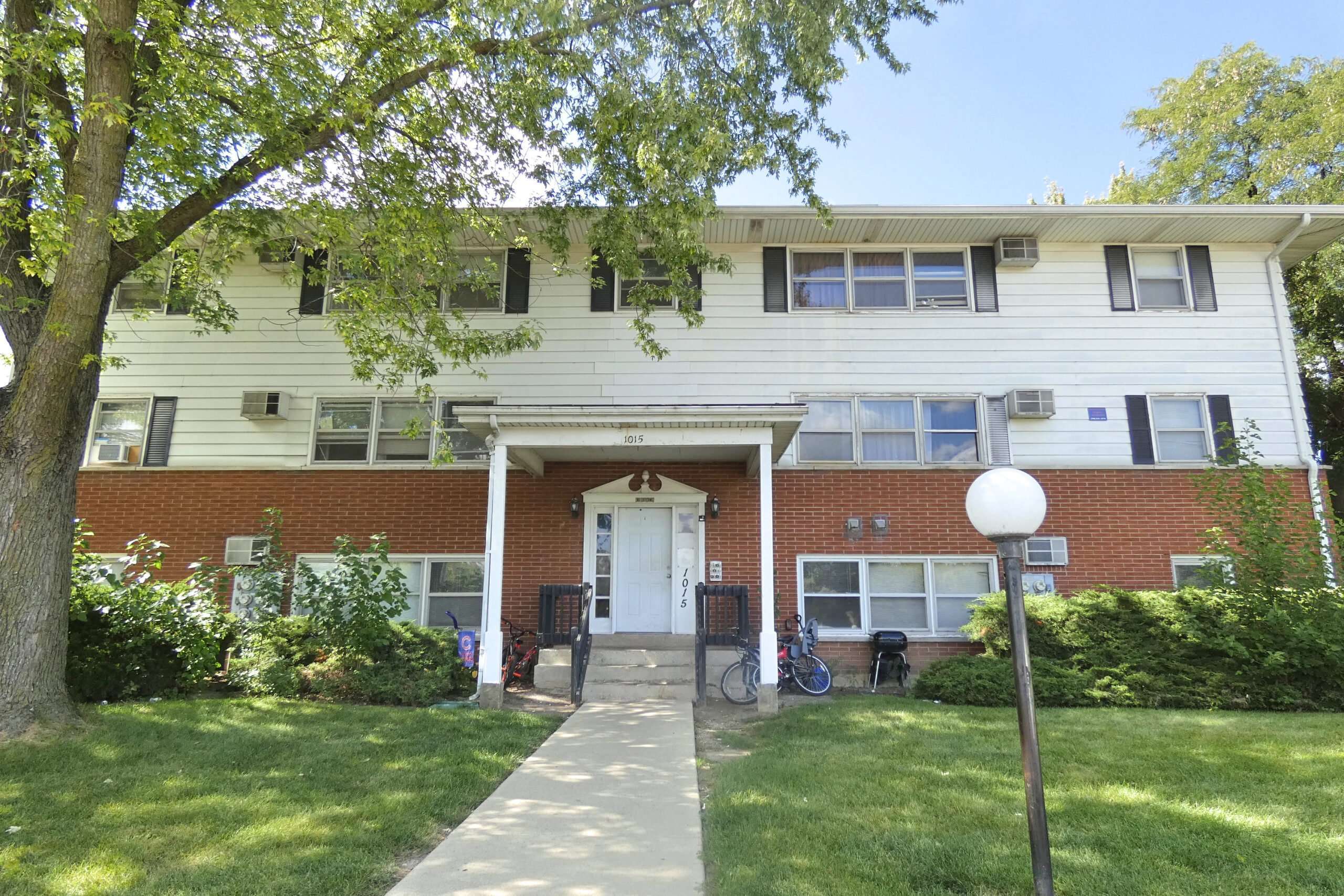
[section bg_color="rgb(255,255,255)" dark="true" padding="0px" video_visibility="visible"]
[divider align="center" width="1440px" height="0.5px"]
[row padding="0px 0px 0px 0px"]
[col span="9" span__sm="12" divider="0" padding="0px 0px 0px 0px" margin="0px 0px 0px 0px"]
[ux_text text_color="rgb(0,0,0)"]
For Sale Multifamily
1015-1025 N Farnsworth Ave | Aurora, IL 60505
[/ux_text]
[/col]
[col span="3" span__sm="12" padding="0px 0px 0px 0px" margin="0px 0px 0px 0px"]
[ux_text text_align="left" text_color="rgb(0,0,0)"]
$3,000,000
Sale Price
[/ux_text]
[ux_text text_align="left"]
[/ux_text]
[/col]
[/row]
[/section]
[section padding="0px" margin="0px" border="0px 0px 1px 0px" border_margin="0px 0px 0px 0px"]
[row style="small" col_bg_radius="93" padding="0px 10px 0px 10px"]
[col span="8" span__sm="12" divider="0" padding="0px 0px 0px 0px" margin="20px 0px 0px 0px"]
[ux_slider type="fade" freescroll="true" hide_nav="true" nav_style="simple" bullets="false" bullet_style="square" timer="4500"]
[ux_image id="130123" height="50%" margin="0px 0px 0px 0px"]
[ux_image id="130122" height="50%" margin="0px 0px 0px 0px"]
[ux_image id="130115" height="50%" margin="0px 0px 0px 0px"]
[ux_image id="130114" height="50%" margin="0px 0px 0px 0px"]
[ux_image id="130118" height="50%" margin="0px 0px 0px 0px"]
[ux_image id="130119" height="50%"]
[ux_image id="130116" height="50%"]
[ux_image id="130117" height="50%"]
[ux_image id="130120" height="50%"]
[ux_image id="130121" height="50%"]
[/ux_slider]
[ux_text line_height="0.75" text_color="rgb(0,0,0)"]
Property Details
[/ux_text]
[row_inner style="collapse" width="full-width" padding="0px 0px 0px 0px"]
[col_inner span="3" span__sm="6"]
Price
Total SF
Built
Units
Occupancy
[/col_inner]
[col_inner span="3" span__sm="6"]
$3,000,000
23,652
1973
24
100%
[/col_inner]
[col_inner span="3" span__sm="6" padding="0px 0px 0px 0px" margin="0px 0px 0px 0px"]
Price / SF
Price / Unit
Cap Rate
(Current)
Cap Rate
(Proforma)
[/col_inner]
[col_inner span="3" span__sm="6"]
$127
$125,000
5.73%
8.66%
[/col_inner]
[/row_inner]
[ux_text line_height="0.75" text_color="rgb(0,0,0)"]
Description
[/ux_text]
eXp Commercial is pleased to present to market Indian Creek Apartments, a fully occupied 24-unit multifamily complex on the northeast side of Aurora, Illinois, bordering affluent Naperville, Illinois, just to the east. The property is in good condition, with considerable upside in rents with modest unit updates. All units have separately metered tenant-paid water, sewer, electricity, heat, and hot water. Also offered is an attractive low-interest assumable debt of $1.453 million at a 3.32 percent interest rate not due until December 2028. Note that additional debt is not allowed with Freddie Mac debt; therefore, this provides for an approximately 50% LTV. Assumable and new debt assumption scenarios are outlined in this offering memo as well.
The property is comprised of two adjacent three-story, 12-unit apartment buildings on three parcels with frontage along busy Farnsworth Ave., proving no-cost marketing. The central parcel is a buildable lot offering expansion opportunities for a third 12-unit multifamily building. The unit mix consists of 22 spacious two-bedroom, one-bath units and two one-bedroom, one-bath units, each with an eat-in kitchen, pantry, and large living room. Each building has an on-site laundry room with two sets of owned washers and dryers as an added amenity for tenant attraction and retention and added income.
The property has recently completed its City of Aurora Building Inspection and is clear of all building code violations except for windows. A Buyer will be responsible post closing to be in compliance with this building code that every window, other than a fixed window, shall be easily openable and capable of being held in position by window hardware and all windows have insect screens.
The property is ideally situated minutes south of the Interstate 88 East-West Tollway near the intersection of North Farnsworth and East Indian Trail on the northeast side of Aurora, Illinois. Located 35 miles west of Chicago, Aurora is the second-largest city in Illinois and home to a number of major employers, including Farmers Insurance Group, Rush-Copley Medical Center, Waubonsee Community College, and Provena Medical Center.
[ux_text line_height="0.75" text_color="rgb(0,0,0)"]
Highlights
[/ux_text]
[row_inner]
[col_inner span="6" span__sm="12"]
-
Fully Occupied 24-Unit Multifamily Property
-
Considerable Upside in Rents
-
Assumable Low-Interest Debt
-
All separate tenant-paid utilities
-
Additional central buildable lot Included
[/col_inner]
[col_inner span="6" span__sm="12"]
-
Low-Maintenance Tenant-Paid Electric Baseboard Heating
-
On-site Owned laundry facilities
-
High-visibility site on a busy road for marketing
-
Good condition with newer roofs and copper plumbing
-
Desirable Northeast Side of Aurora, Near Affluent Naperville
[/col_inner]
[/row_inner]
[ux_text line_height="0.75" text_color="rgb(0,0,0)"]
Map
[/ux_text]
[map lat="41.7785423432" long="-88.2813745595" zoom="16" content_enable="0" content_width__sm="100" content_width__md="40" position_x__sm="100" position_y__sm="100" controls="true"]
924 E Willow St Kankakee, IL 60901
[/map]
[/col]
[col span="4" span__sm="12" divider="0" padding="0px 0px 0px 0px" margin="0px 0px 0px 0px" border="0px 0px 0px 0px"]
[divider align="center" width="300px" height="1px"]
[button text="Offering memo" padding="0px 10px 0px 10px" expand="true" link="https://www.creconsult.net/indian-creek-offering-memo-2/" target="_blank"]
[ux_text line_height="0.75" text_color="rgb(0,0,0)"]
Broker
[/ux_text]
[row_inner]
[col_inner span="3" span__sm="12" divider="0" align="right"]
[ux_image id="127646" image_size="thumbnail" width="90" margin="0px 0px 0px 0px"]
[/col_inner]
[col_inner span="8" span__sm="12" divider="0"]
[ux_text line_height="0.75"]
Senior Associate
eXp Commercial
C: 630.474.6441
E: rtaylor@creconsult.net
[/ux_text]
[/col_inner]
[/row_inner]
[ux_text line_height="0.75" text_color="rgb(0,0,0)"]
Share to Social
[/ux_text]
[share style="outline" align="left"]
[ux_text line_height="0.75" text_color="rgb(0,0,0)"]
Request More Info
[/ux_text]
[ux_html]
[/ux_html]
[/col]
[/row]
[/section]
https://www.creconsult.net/market-trends/new-listing-indian-creek-apartments-1015-1025-n-farnsworth-ave-aurora-il-60505/





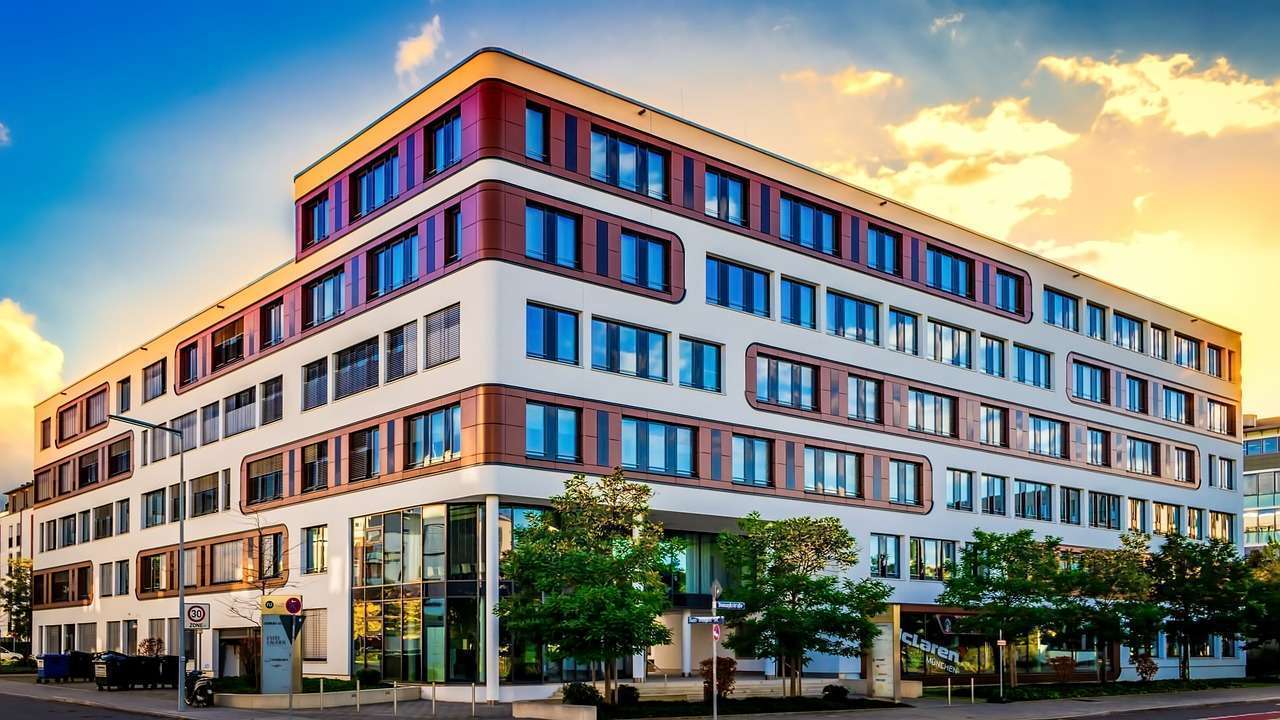
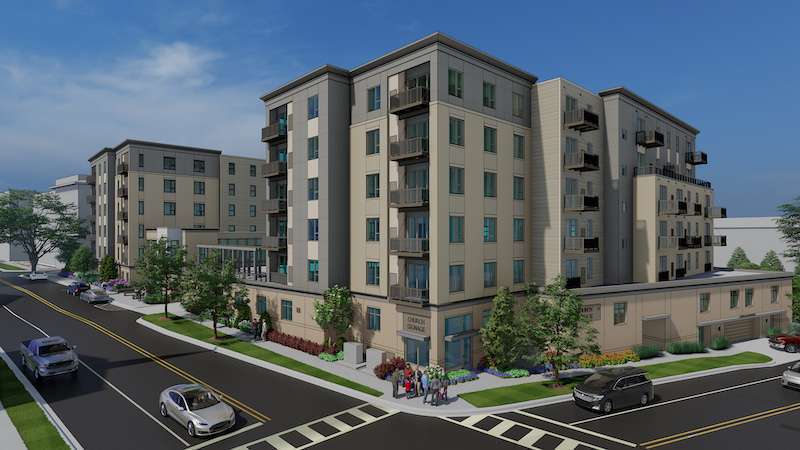
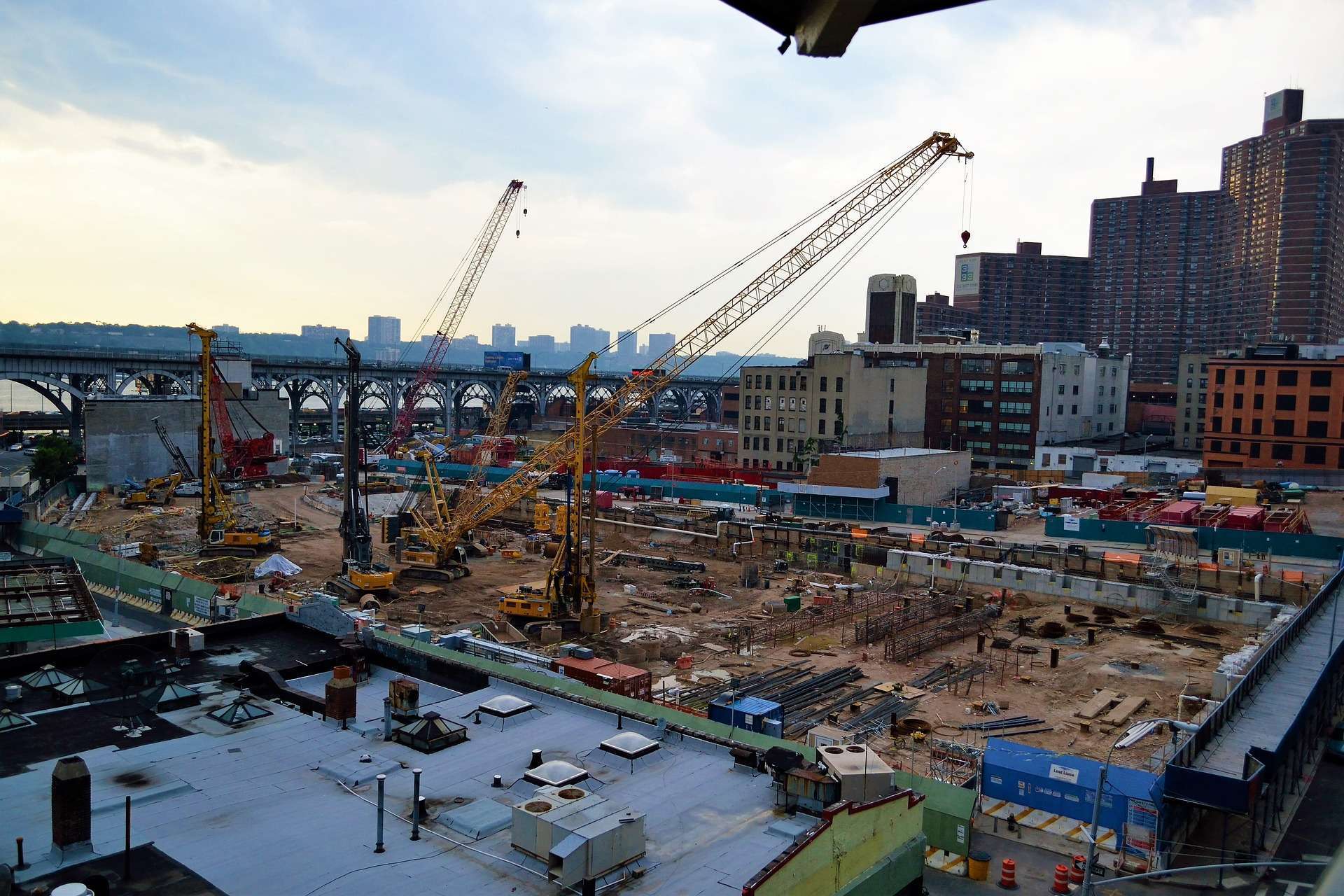



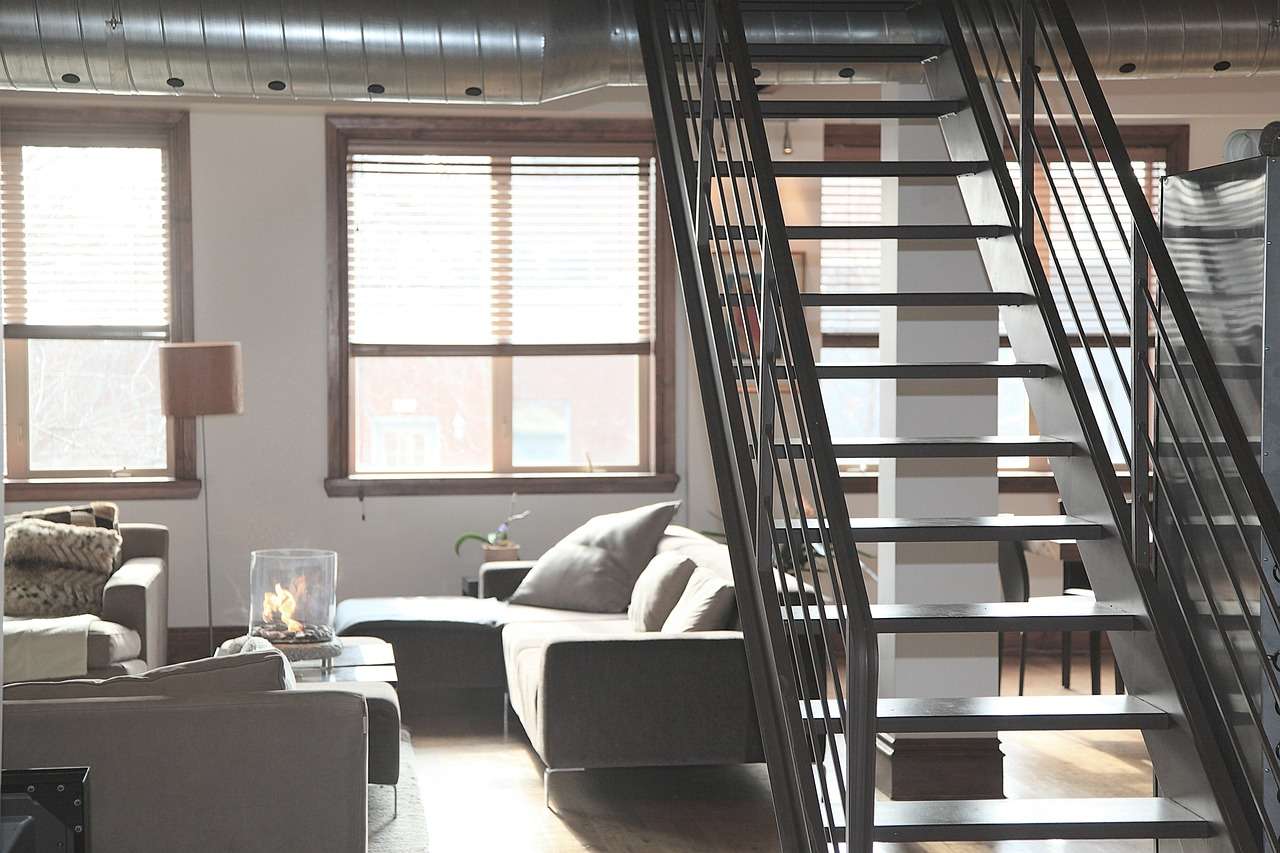
 [section bg_color="rgb(255,255,255)" dark="true" padding="0px" video_visibility="visible"]
[divider align="center" width="1440px" height="0.5px"]
[row padding="0px 0px 0px 0px"]
[col span="9" span__sm="12" divider="0" padding="0px 0px 0px 0px" margin="0px 0px 0px 0px"]
[ux_text text_color="rgb(0,0,0)"]
[section bg_color="rgb(255,255,255)" dark="true" padding="0px" video_visibility="visible"]
[divider align="center" width="1440px" height="0.5px"]
[row padding="0px 0px 0px 0px"]
[col span="9" span__sm="12" divider="0" padding="0px 0px 0px 0px" margin="0px 0px 0px 0px"]
[ux_text text_color="rgb(0,0,0)"]



